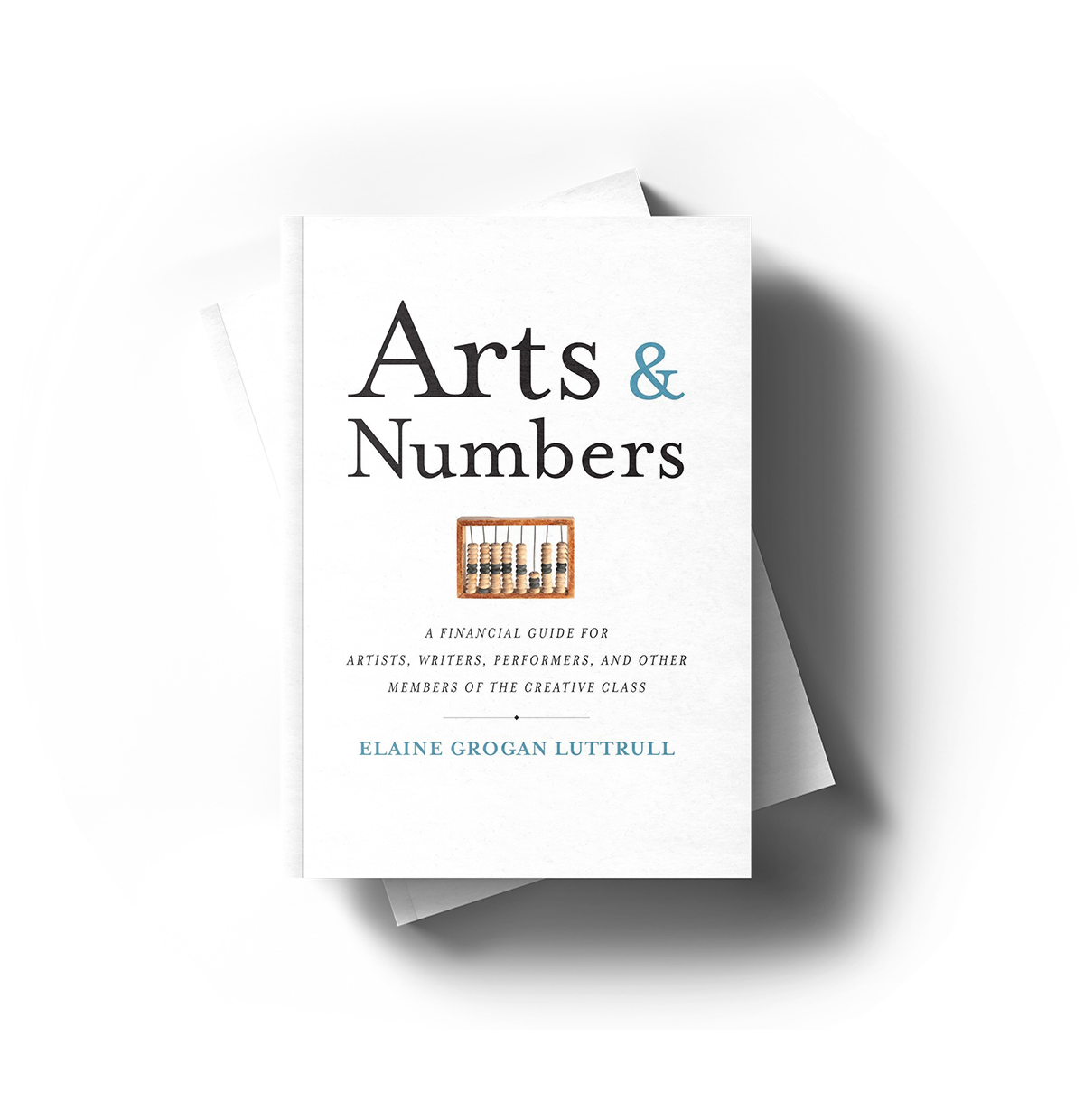June 26, 2013 • Events & Media
 I prepared to lead last week’s lunch at learn at the Hired Guns Academy by listing the six financial tools I wanted to address and adding a few notes on each. I touched on two of the three, and on two completely separate topics as the conversation and questions led me in a completely unexpected direction.
I prepared to lead last week’s lunch at learn at the Hired Guns Academy by listing the six financial tools I wanted to address and adding a few notes on each. I touched on two of the three, and on two completely separate topics as the conversation and questions led me in a completely unexpected direction.
What a delightful surprise.
I love sharing my financial knowledge with the creative class. I come with fairly strong bona fides, both as someone with considerable financial experience and a textbook “creative class” career that grew out of moonlighting opportunities and a desire for creative control and autonomy. I cobble together strategies for addressing the same challenges my clients, students, colleagues, and friends face in managing cash, negotiating the best rates, and craving professional fulfillment. I have been doing this for a long time.
And still I’m delightfully surprised.
We talked about cash struggles, which is a common concern among the creative class and focused on three key tips.
- Diversify revenue streams. One way to do this is through building a portfolio career (more on this topic in a moment).
- Build a cash reserve. Many people aim for a reserve of 6-12 months’ worth of expenses, but any reserve is better than the alternative (debt financing shortfalls).
- Translate an annual budget to reflect cash flow. By “rotating” the budget such that a creative entrepreneur compares the actual cash she expects to receive each month against the actual expenses she’ll have to pay (personal or professional expenses), she’ll know the minimum amount of cash she must have in reserve.
Although we’d all love to have clients that pay timely and a steady stream of work, those realities aren’t necessarily attainable for a creative classer. Instead of lamenting the situation (lamentable as it may be), using any or all of these strategies can help mitigate cash challenges.
One issue that surfaced in multiple contexts is one the Hired Guns addresses with its members repeatedly: The art of negotiation.
Ally and I both claimed to be master negotiators (next time, we’ll plan for a role playing exercise!), and we shared some of our favorite tips.
- Establish a target price. Three things influence target price: Input costs, competition, and the market for a creative classer’s work.
- Determine the walk-away price. The walk-away price is the absolute minimum a creative classer will take for his or her product, whether it be a tangible output, a project, or an hourly rate. It can (and should!) change as projects, experience, and the target price change.
- Practice makes perfect. No one begins negotiating well, but as creative entrepreneurs develop their talents, hone their elevator pitches, and learn (sometimes the hard way) that failure isn’t the end of the world, negotiations produce less anxiety.
Finally, we talked about the empowerment (and dare I say beauty?) of a portfolio career, both in terms of revenue streams and professional fulfillment. I describe a portfolio career that is comprised of three distinct types of work: a starring role, supporting cast roles, and production assistance work.
- The starring role is your true passion, your true professional pursuit. It can be widely or narrowly defined (e.g., a writer or a women’s magazine freelance writer), but it is one thing that is meaningful to you.
- Supporting cast roles complement the starring role. They are related to the starring role by industry, generally, and they provide additional income, connections, and relevant experience to support the starring role.
- Production assistance roles are repeatable, temporary, and purely supporting in nature. They are meant to provide financial support without detracting from the starring or supporting roles. We’re not crazy about them, but they serve an important purpose as our careers are growing and changing.
So thanks to Amy, Jonathon, Valerie, Jen, Mark, Jessica, Edie, Adrienne, Susan, Victoria, Siobban, Ivan, and of course Ally for sharing such great war stories, opening up about struggles, and celebrating the spirit of the creative class. Check out Mark’s Twitter feed (#HiredGuns from June 19) for a series of 140-character highlights from the events, and stay tuned in the coming weeks for forthcoming posts about these and other financial topics for creative entrepreneurs… and maybe even another lunch and learn.


